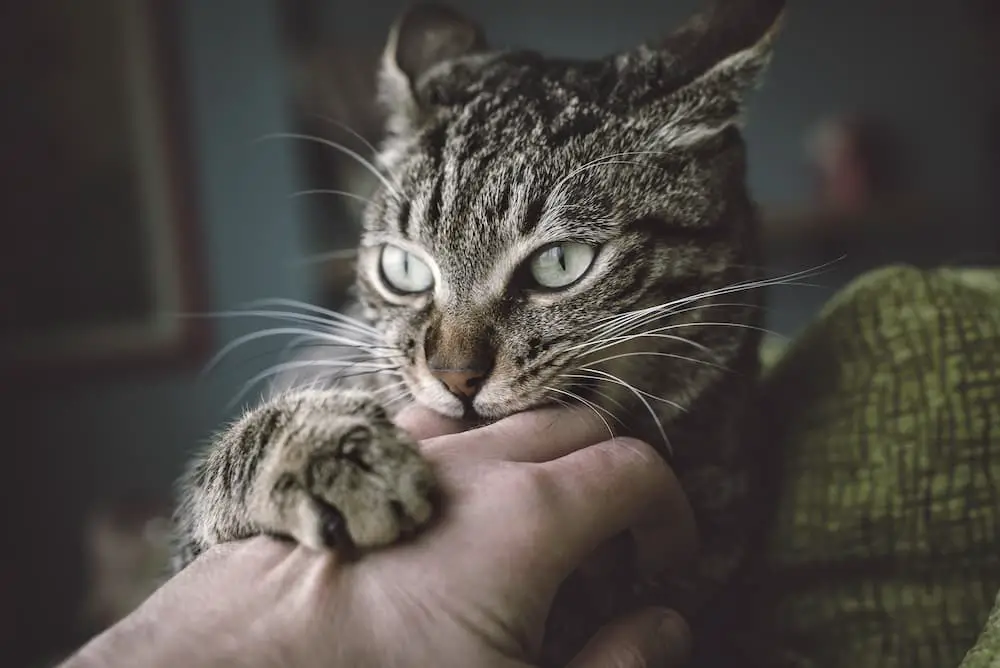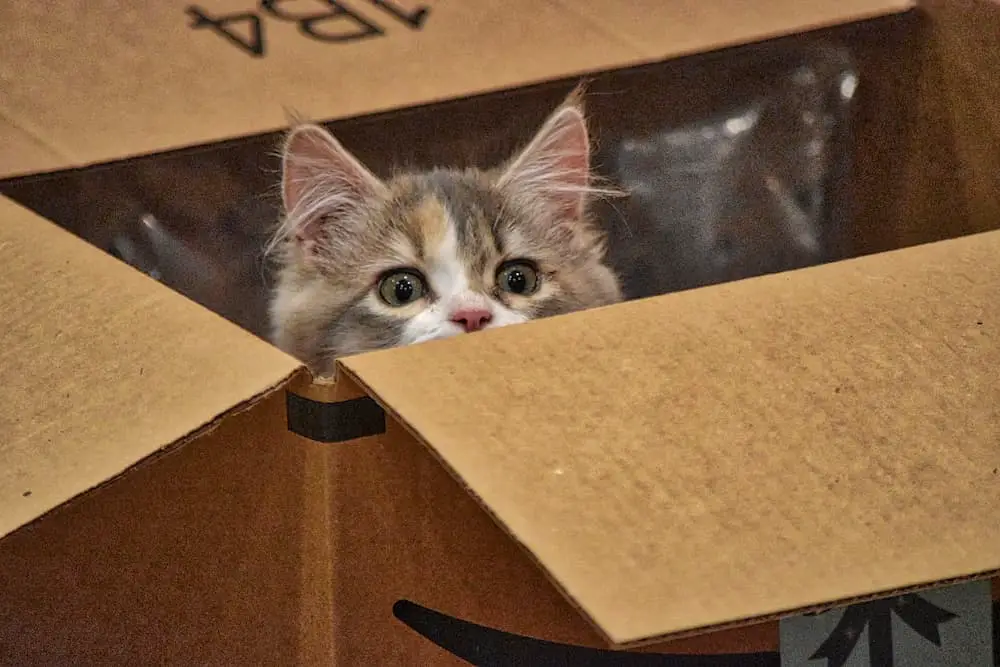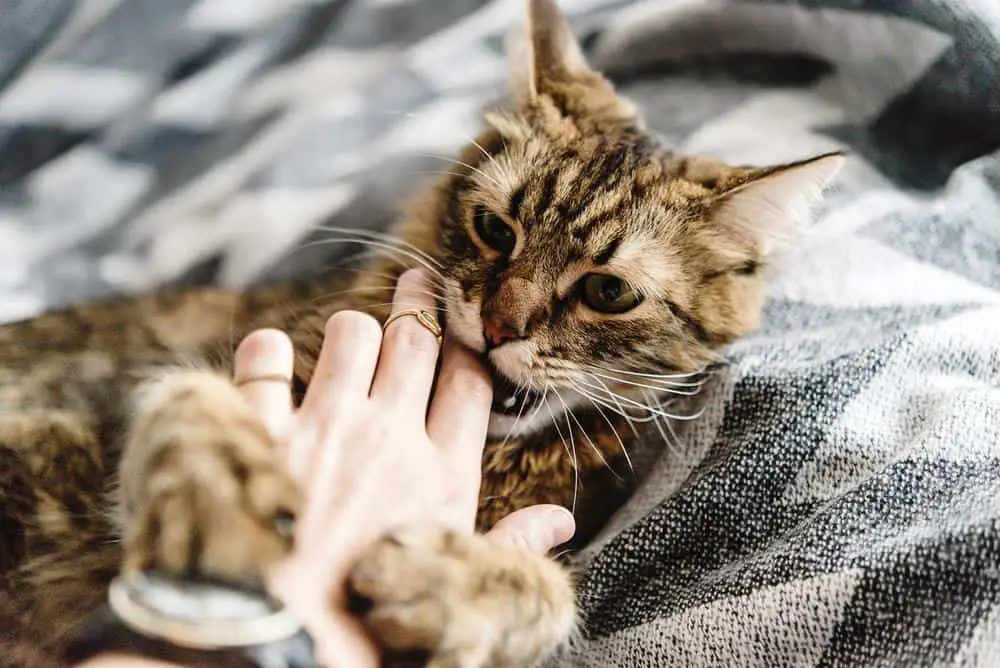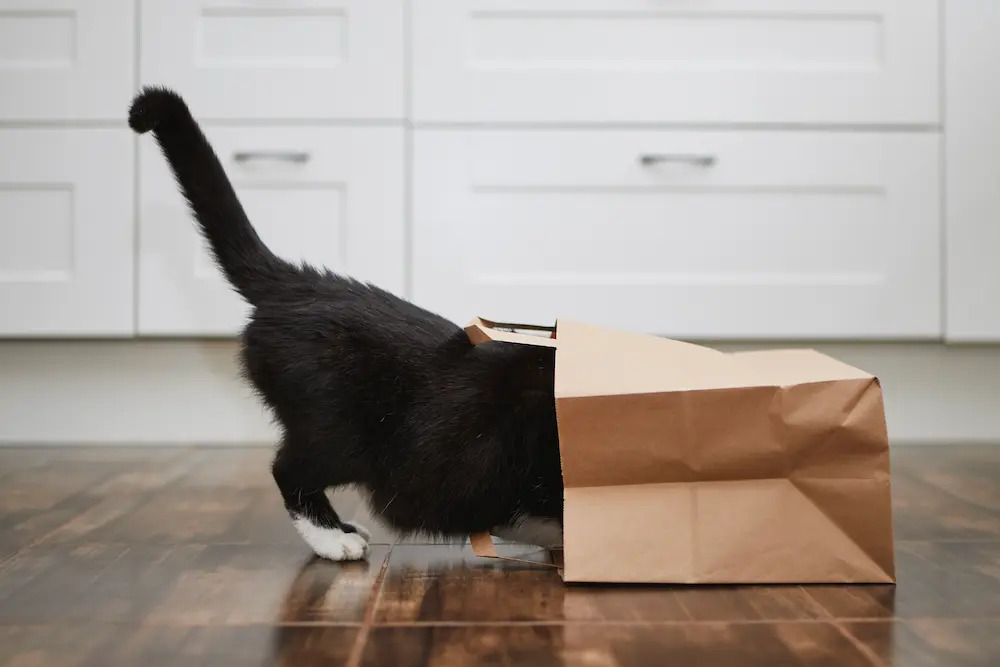The sight of your pet after a long and tiring day is bliss. The few minutes that you spend playing, cuddling them can give you a whirlwind of energy. And similarly, seeing their owners return home after a long day of cat napping and chasing imaginary mice is also the most exciting part of the day for cats.
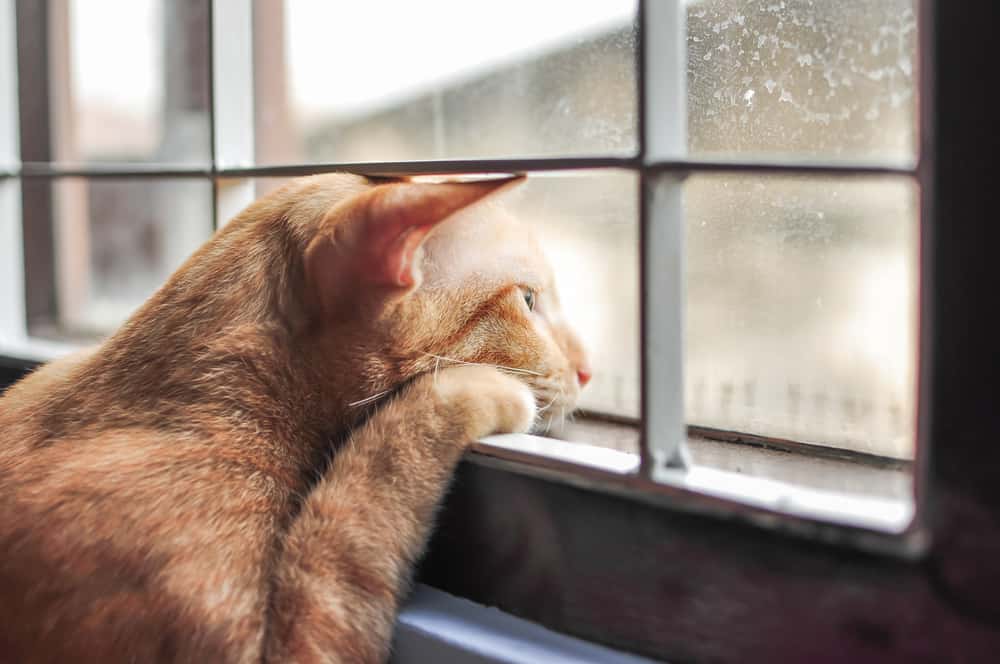
Pets are at their highest energy levels and enthusiasm when you spend time at home indulging them. But schedules change, and your new engagements could keep you from spending as much time indoors with your pets as you would like or have been doing. This sudden change can have a huge impact on your pet.
Pets long for human company, which could turn into separation anxiety in some cases. Like in dogs, separation anxiety is prevalent in cats. Certain signs show that your cat is suffering from separation anxiety, which indicates that they need help. Here are five tips to help you identify these signs and help your cat through separation anxiety.
1. Observe The Signs
The first step towards helping your cat overcome separation anxiety is to identify the problem. Separation anxiety is common among pets who have very little physical or mental involvement outside their owners. They tend to depend solely on the interaction with their humans and this has an intense effect on their physical and mental well-being. The dependency hurts their confidence, which drives them to yearn for the human company as much as possible.
Behavioral changes are the first signs of your pet developing a separation problem. Simple signs such as:
- Excessive vocalization such as screaming and crying
- Altered eating habits (alleviated appetite during the absence of the owner)
- Diarrhea and vomiting
- Obsessive cleaning or grooming
- Aggressive behavior with violent outbursts
- Destructive behavior such as bitting carpets, shoes, or other belonging of the owner
- Defecation in inappropriate places (not complying with their toilet training) in the absence of the owner
- Unusual energy in greeting the owner when they come home
- Lack of energy and enthusiasm in the absence of the owner
Many pet owners ignore the above signs as they could also be just an act by their cats to seek attention or lethargy out of boredom. You can ask for help from caretakers or neighbors to communicate if they notice such signs in the pet during your absence to diagnose properly.
2. Keep Them Engaged
Mental stimulation can be an efficient way to curb separation anxiety in pets. Striking a balance between physical and mental exercises is essential to manage pets’ anxiety. When cats are engaged in an activity, they are less likely to pay attention to the owner’s absence. They tend to be interested in the puzzle or game on hand that keeps them excited.
Involving them in games or physical activities such as using Cat Chasers and Teasers and solving puzzles keeps them busy and distracted. A daily dose of puzzles or games keeps them energetic and active. Staying busy all day will help them cope with separation anxiety over time.
Apart from puzzles or games, you can also encourage your cat to enjoy natural behavior such as climbing, hunting, hiding etc. You can create simple games at home, such as hiding their meal in different parts of the house to encourage them to look for it. It triggers their hunting instincts and keeps them active and alert. You can also create a space at home for them to indulge in inactivity, such as climbing, or let them explore the outside world in your garden.
Read more on how to satisfy your cat’s instinct to hide.
3. Train Them At Home
Gradually train them to cope with separation. Get your cat accustomed to staying home alone by taking short breaks outside alone. Do this at random hours of the day, especially during work hours. It makes your cat get used to the idea of staying away from you.
Similarly, practice separation while at home. You can encourage your cat to spend some calm and quiet time in one part of the house away from you. Sometimes closed doors also make them understand the need to cope with having some distance between them and you. Make sure to train them to the idea of separation even while you are at home to make it easy on your pet when you leave.
4. Change The Routine
Cats are intuitive beings that observe your everyday routine to understand when you leave. They also anticipate your return the same way based on your regular schedule. Having the same pattern for prolonged periods could induce separation anxiety in your pet. For example, suppose they know you leave the house after grabbing the key from the holder. In that case, it is common to observe high energy and anxious behavior such as ramping up and down, meowing, grabbing on to you, or pacing. Your routine to leave the house makes them paranoid and anxious. The best way to beat this is to change your routine.
You could walk to the kitchen to grab something or wear your shoes before leaving. Changing your routine breaks the pattern that your cat understands. This helps you break the monotony and reduce the chances of them predicting you are leaving.
Similarly, mix up your routine when you come back to stop them from getting too excited. Pet owners tend to cuddle their cats almost immediately after stepping inside their home. In most cases, the reason is that their cat is already excited to see them, and it is hard to ignore them. But too much attention to them immediately after reaching home could affect their anxiety levels when you leave the next morning. Try to keep a balance between engaging with them but without feeding their anticipation.
5. Don’t Make Leaving A Big Deal
Try to avoid lengthy routines before leaving home to avoid over-enthusiasm that could trigger anxiety. It helps to communicate with your cat that having time apart is not such a big deal. Don’t play, talk, or make eye contact before leaving. Avoid grooming them or saying a long goodbye. Instead, simply leave the house.
Similarly, when you are back, try to relax and remain calm. Give some time to your pet to calm down before giving them attention. If you don’t make a big deal about leaving or coming back home, it is possible to reduce your cat’s separation anxiety.
Final Thoughts
Remember, your cat can sense your emotions and feelings by understanding your body language and energy. So, the first step to help your pet overcome separation anxiety is to make sure that you handle the situation calmly. Staying away from your pet could feel hard. But try not to stress about it or overcompensate to help your pet cope with the symptoms efficiently.

